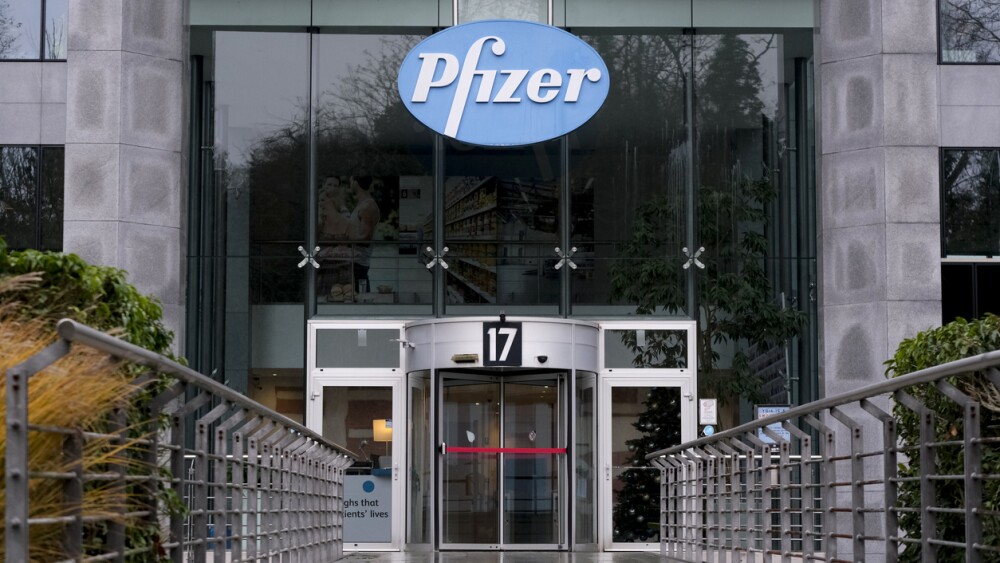While the 10-fold increase in dose over injectable Wegovy has raised questions about the launch, Novo Nordisk has assured investors it has the manufacturing capacity to roll out oral semaglutide without restrictions on supply.
In the fourth quarter, the FDA is set to decide whether to approve an oral 25 mg dose of semaglutide, the active ingredient in Wegovy. Novo Nordisk’s progression of oral Wegovy to the cusp of approval has raised new questions about the company’s peptide supply chain. While Novo representatives have expressed confidence its manufacturing footprint can support the launch, the company could have little margin for error in a market targeted by higher- and lower-dose peptides and easier-to-make small molecules.
A lower dose oral semaglutide product, sold as Rybelsus, is approved for diabetes, but no oral GLP-1s have so far been approved for weight loss in the U.S.. Surveys in countries including the U.S. and Japan have found patients with diabetes prefer oral GLP-1s over injectables. Having grappled with semaglutide supply problems for years, Novo has faced questions about the manufacturing demands of an oral Wegovy launch.
Injectable Wegovy is given at doses of up to 2.4 mg. The 10-fold increase for the oral version will affect how much it costs Novo to make and how much the company can manufacture. Yet Novo has said it has established the manufacturing base needed to support the launch.
“It will be produced in the U.S. for U.S. patients, and we are confident that we can launch it with no restrictions on supply,” a Novo spokesperson told BioSpace via email. “In recent years, Novo Nordisk has made substantial efforts to increase manufacturing capacity, including $6.5 billion of investments in the U.S. this year alone.”
Novo CFO Karsten Munk Knudsen voiced a similar view when Nordea analyst Michael Novod questioned whether the company will be equipped for an “expansive launch” of oral 25 mg semaglutide for obesity. Responding to the analyst on an earnings call in August, Knudsen said, “you should expect us to launch . . . next year in the U.S. in a non-supply-restricted way.”
BMO Capital Markets analyst Evan Seigerman told BioSpace he was convinced of this after recently spending time with Novo Nordisk and investors. “Yes, they need to produce a significant amount of sema (25 mg daily vs. 2.5 mg weekly for Wegovy), but believe they can, as the recent bottle necks centered on fill/finish for Wegovy and Ozempic pens,” he wrote in an email.
Following lower-than-expected weight loss in a Phase III trial of Eli Lilly’s oral obesity candidate orforglipron earlier this month, Seigerman and his colleagues wrote to investors that Novo’s semaglutide “is the new favorite in the oral segment.”
He and his BMO colleagues had previously suggested that orforglipron’s manufacturing advantages as a small molecule could be potentially influential in the fight for the oral obesity market but ultimately, Seigerman told BioSpace, "[c]linical profile is going to drive the narrative and market share.” Despite the efficacy miss, Lilly plans to file for approval of orforglipron this year. Meanwhile, Novo is ready for go time.
“Small molecule manufacturing will always be cheaper than peptides, but Novo says they have supply for a launch,” Seigerman said.
How High Is Too High?
The question of the maximum commercially viable GLP-1 peptide dose is far from settled. Novo studied a 50 mg dose in Phase III before choosing to seek approval for a 25 mg formulation. Brian Hubbard, chief scientific officer at Metsera, said Novo’s 25 mg dose is at the threshold of what is scalable.
“[Oral peptides for obesity] are not scalable once you’re over 25 mg—just the ability to serve a market this size is extremely difficult to do—and most of these [oral peptide GLP-1s] are going to be over 50 mg,” Hubbard told BioSpace. At Metsera, he added, “we’re shooting for below 10 mg.”
Other companies disagree about the viability of higher doses. Viking Therapeutics saw the steepest weight loss at the top, 100 mg dose in a Phase I trial of its oral dual GLP-1/GIP receptor agonist VK2735. In Phase IIa, the biotech is testing oral doses of up to 120 mg, although it is also exploring the effect of going up to a 90 mg dose before dropping down to 30 mg for maintenance dosing.
On an earnings call in July, Stifel analyst Annabel Samimy asked Viking about what doses may be commercially viable. Viking CEO Brian Lian acknowledged that profit margins are worse at higher doses but made the case that recent changes in manufacturing costs could mean the ceiling for commercial viability is higher than people think.
“What we have seen in the past . . . 9 to 12 months is some regression, I think, in price points in peptide production,” Lian said. “Where that finally plateaus we don’t know, but there has been some improvement on pricing, at least from what we’ve seen from some of the parties we speak with. That might change what’s really feasible for oral dosing.”
Dialing Down Doses
However low prices go, peptides that are effective at lower doses will have an advantage in terms of cost of goods sold and scalability. Companies may continue to seek that advantage even after bringing their drugs to market.
Novo’s spokesperson said the company “is continuously improving the formulation of our oral biologics to require as little [active pharmaceutical ingredient] as possible.”
There is a precedent for the company reducing the dose of an oral biologic after launch. Novo won FDA approval for Rybelsus, an oral form of semaglutide used in type 2 diabetes, in 2019 and launched with 7 mg and 14 mg doses. The company subsequently began offering a 3 mg dose. Last year, Novo successfully sought FDA supplemental approval for a new formulation with 1.5 mg, 4 mg and 9 mg doses, corresponding to the original 3 mg, 7 mg and 14 mg doses.
The spokesperson said the dose reduction reflected improvements to the formulation. According to a notice from the European Medicines Agency, the new formulation has higher bioavailability. The FDA approval filing referred to a change in the drug product manufacturing process.
Seigerman pointed out that oral semaglutide uses the same active pharmaceutical ingredient (API) as Wegovy and Ozempic, which provides a unique manufacturing advantage. “Novo has been ramping up API production for sema over the past few years—increased production of sema ahead of an oral sema launch is not making product at risk, as they can use the API across products. Yes it needs to be formulated as a tablet, but if the API is not used for oral sema, it can be used as an injectable product.” The same would not be true for Lilly’s orforglipron if approved.






